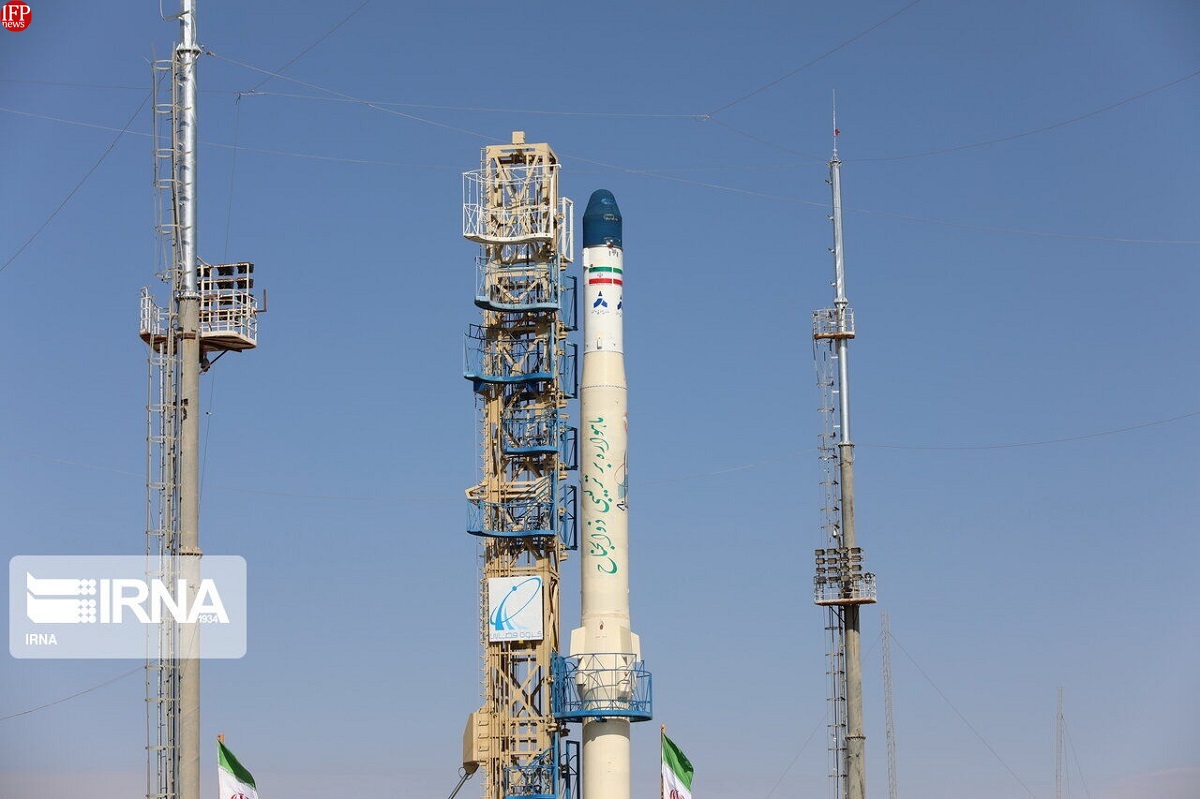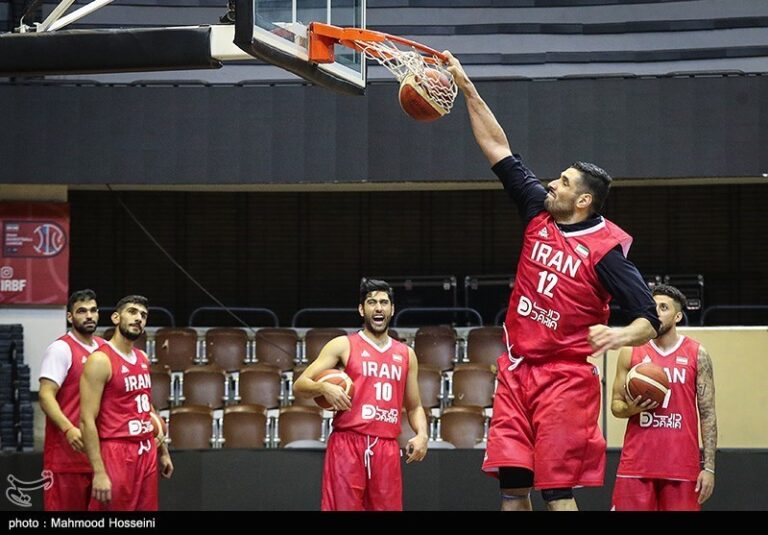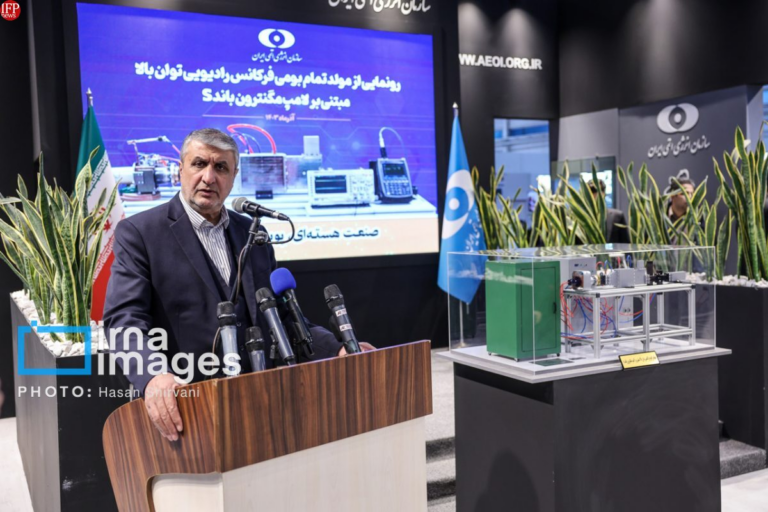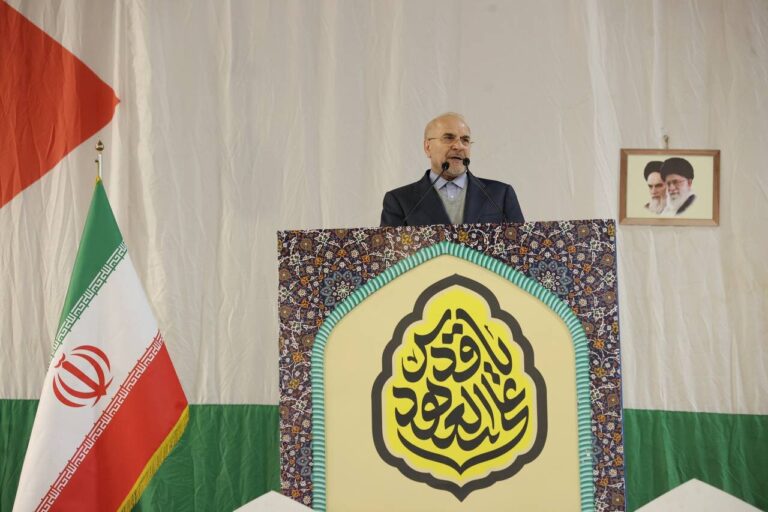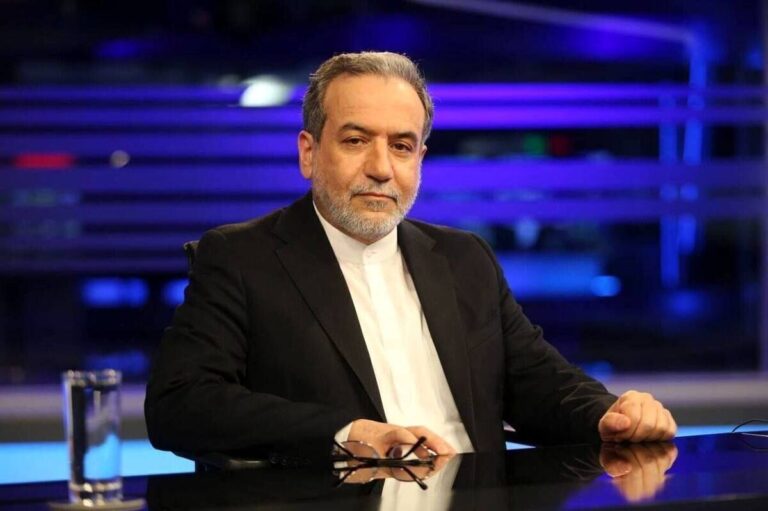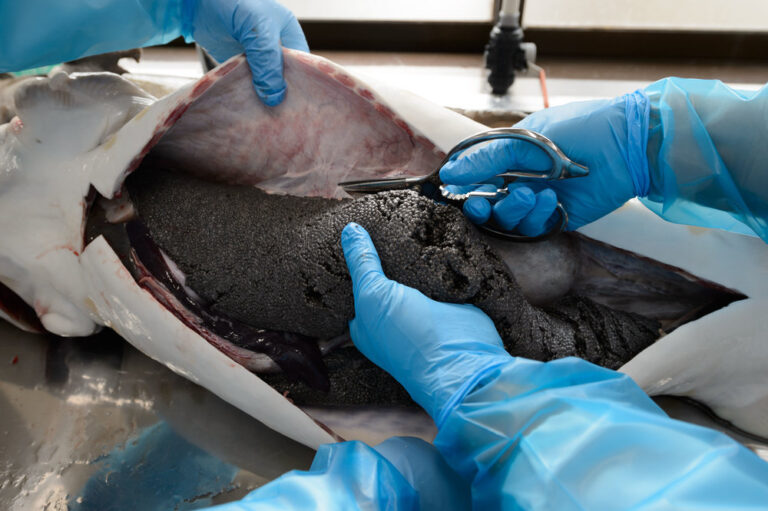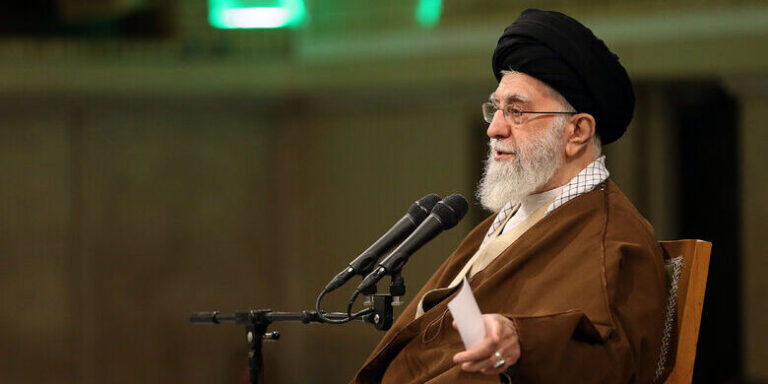Iran’s Space Industry Soars: Celebrating a Year of Groundbreaking Milestones
Iran has celebrated a remarkable year in its space program, showcasing various significant milestones that underscore its advancements in space exploration. The achievements include the successful launch of four satellites and the effective injection of a 300-gram payload into low Earth orbit. During a ceremony marking National Space Technology Day, Hassan Salarieh, head of the Iranian Space Agency, emphasized these accomplishments in the presence of President Massoud Pezeshkian and other senior officials.
Among the prominent achievements was the successful launch of the Pars-1 satellite in March, which is a remote-sensing satellite that can capture images with a resolution of 15 meters. This satellite is expected to enhance Iran’s capabilities in monitoring natural resources and environmental changes.
Another notable launch was that of the Chamran satellite, a research satellite designed for testing orbital control and correction systems. This mission was executed with the help of the Qaem 100 solid-fuel satellite carrier, which has now achieved three consecutive successful launches, reinforcing its reliability within Iran’s space initiatives.
In a groundbreaking achievement for the private sector, Iran saw the independent construction and launch of the Hodhod and Kowsar satellites in November. This milestone marks a significant step towards fostering innovation and capabilities within the country’s private space industry.
Additionally, Iran accomplished the injection of a 300-gram payload into low Earth orbit using the Simorgh satellite carrier. This mission also involved the testing of an orbital transfer block, a crucial advancement that paves the way for reaching higher orbits in future missions.
- Successful Launches: Four satellites were launched, including Pars-1 and Chamran.
- Independent Sector Achievements: The Hodhod and Kowsar satellites were built and launched by the private sector.
- Payload Injection: A 300-gram payload was successfully injected into low Earth orbit.
- Infrastructure Enhancements: Progress on the Chabahar National Space Center is at 80% completion.
Salarieh also highlighted the ongoing improvements in infrastructure, particularly the Chabahar National Space Center, which is projected to be completed soon and is expected to serve as a pivotal gateway for international satellite launches. This facility is poised to enhance Iran’s capabilities in connecting with other countries in the space sector.
Furthermore, advancements have been made in enhancing satellite image reception stations and laboratory capacities, which are vital for supporting the country’s growing space ambitions. These developments indicate a strategic focus on building a robust framework that will support future space missions and research initiatives.
With these advancements, Iran is not only showcasing its technological capabilities but also positioning itself as a significant player in the global space arena. The successful launches and developments in infrastructure reflect a commitment to advancing space technology and expanding its applications for various sectors, including environmental monitoring, telecommunications, and scientific research.
The successful year in Iran’s space program is a testament to the nation’s dedication and investment in space exploration. As the country continues to build on these achievements, it is expected to foster further innovations and collaborations within the international space community.
Overall, Iran’s advancements in its space program demonstrate a strong trajectory towards becoming a key player in the global space exploration landscape. The milestones achieved in satellite launches, payload injections, and infrastructure development indicate a promising future for the nation’s space endeavors.
